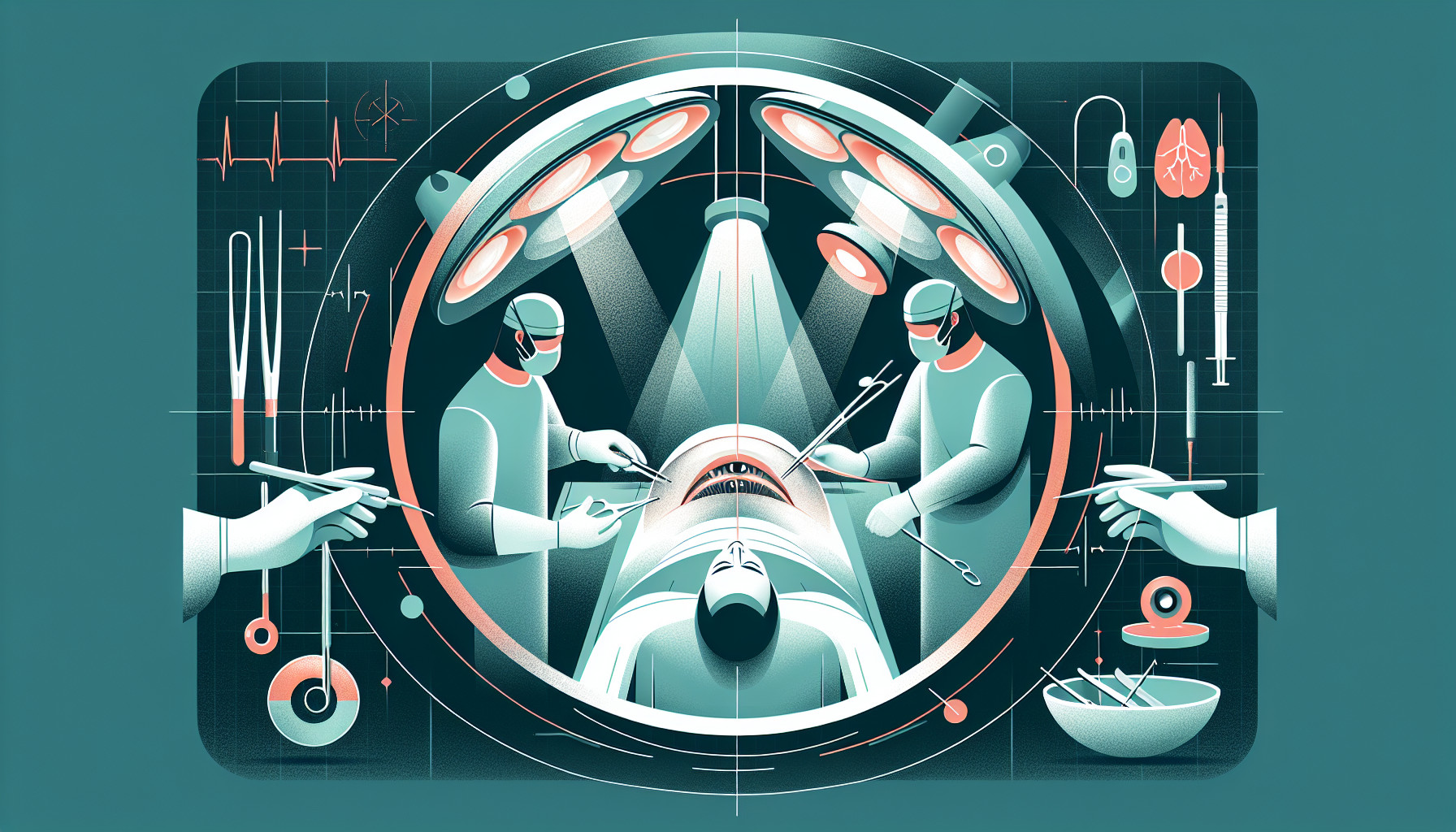Our Summary
This research paper looked at different ways to protect the eye after surgery, since different eye doctors use different methods. These methods include using an eye shield, an eye patch, a bandage for the eye, or no protection at all (instant vision). The researchers looked at previous studies and articles that compared these different methods and their effects on patients, such as if they caused discomfort or affected vision.
In total, they looked at 8 articles that studied 598 eyes. Some of these studies looked at eye bandages, some at eye patches, a few at instant vision, and one at eye shields. They found that in 5 of these studies, patients who used an eye bandage reported less discomfort or the same amount as other methods. These discomforts included things like feeling like something was in the eye, being sensitive to light, tearing, and pain. Some studies also found that eye bandages helped with tear production and healing of the eye.
Comparatively, two studies found that the eye patch and the instant vision method weren’t as good at maintaining tear production as the eye bandage. In conclusion, patients reported less discomfort when using an eye bandage compared to not using any protection after cataract surgery. Therefore, patients seem to prefer some form of protection for their eye after surgery rather than no protection.
FAQs
- What are the different methods of protecting the eye after cataract surgery?
- How do eye bandages after cataract surgery impact patient comfort and healing?
- Do patients seem to prefer protection or no protection for their eye after cataract surgery?
Doctor’s Tip
One helpful tip a doctor might tell a patient about cataract surgery is to follow their post-operative care instructions carefully, including using any recommended eye protection such as an eye bandage. This can help reduce discomfort, promote healing, and protect the eye during the recovery process. It’s important to discuss any concerns or questions about post-operative care with your doctor to ensure the best possible outcome after cataract surgery.
Suitable For
Patients who are typically recommended cataract surgery are those who are experiencing symptoms such as blurry vision, difficulty seeing at night, sensitivity to light, seeing halos around lights, and colors appearing faded. These symptoms can significantly impact a person’s quality of life and ability to perform daily activities.
Additionally, patients with cataracts that are affecting their ability to drive, read, work, or perform other tasks may also be recommended for surgery. Cataract surgery is usually recommended when the cataracts have progressed to the point where they are significantly impacting a person’s vision and quality of life.
Overall, patients who are experiencing symptoms of cataracts that are impacting their vision and daily activities are typically recommended for cataract surgery. It is important for patients to discuss their symptoms and concerns with their eye doctor to determine if cataract surgery is the best option for them.
Timeline
Before cataract surgery:
- Patient undergoes a comprehensive eye exam to determine the need for surgery.
- Patient discusses the procedure with their eye doctor and receives information about what to expect before, during, and after surgery.
- Patient may need to stop taking certain medications or adjust their medication schedule.
- Patient may need to undergo pre-operative tests and measurements to ensure the surgery is successful.
After cataract surgery:
- Patient is given post-operative instructions, including how to care for their eye, medications to take, and what activities to avoid.
- Patient may experience some discomfort, sensitivity to light, and blurred vision immediately after surgery.
- Patient may need to wear an eye shield or patch to protect the eye and aid in healing.
- Patient may need to attend follow-up appointments to monitor their eye’s healing progress and vision improvement.
- Patient’s vision gradually improves over the following days and weeks as the eye heals and the cataract is replaced with an artificial lens.
- Patient may need to undergo vision rehabilitation to adjust to their new vision and improve their visual function.
What to Ask Your Doctor
Some questions a patient should ask their doctor about cataract surgery include:
- What are the different methods of eye protection after cataract surgery, and which one do you recommend for me?
- What are the potential risks and benefits of using an eye shield, eye patch, bandage, or no protection after surgery?
- How long do I need to wear the eye protection after surgery, and how will it affect my daily activities?
- Will the type of eye protection I use impact my healing process or my vision outcomes?
- What should I do if I experience discomfort or other issues with the eye protection after surgery?
- Are there any specific instructions or precautions I should follow when using the recommended eye protection method?
- How will I know if the eye protection is working effectively to support my recovery after surgery?
- Can I switch to a different type of eye protection if I find the recommended method uncomfortable or inconvenient?
- Are there any additional tips or recommendations you have for protecting my eye and promoting healing after cataract surgery?
Reference
Authors: Dhoot AS, Popovic MM, Lee S, El-Defrawy S, Schlenker MB. Journal: Can J Ophthalmol. 2023 Jun;58(3):179-186. doi: 10.1016/j.jcjo.2021.11.001. Epub 2021 Dec 2. PMID: 34863675
